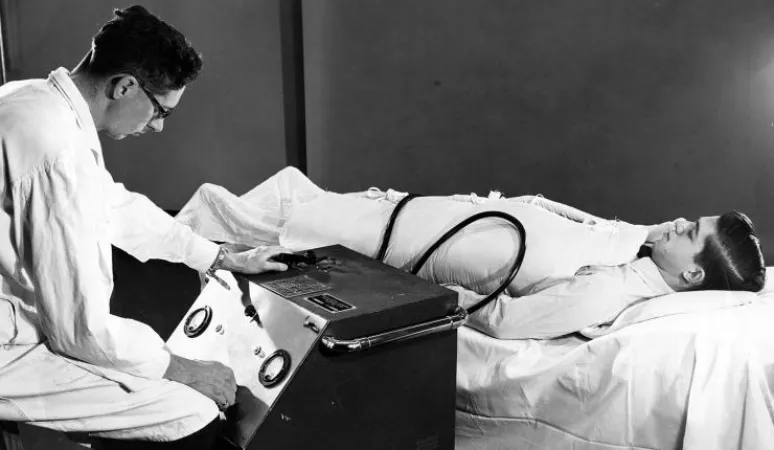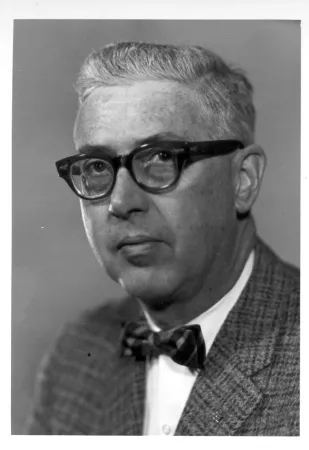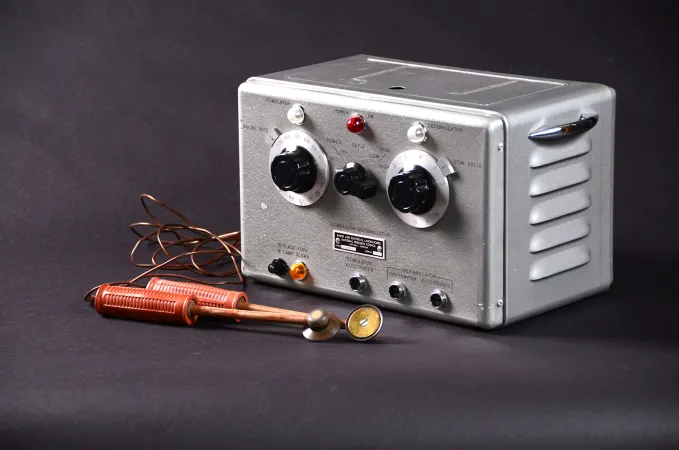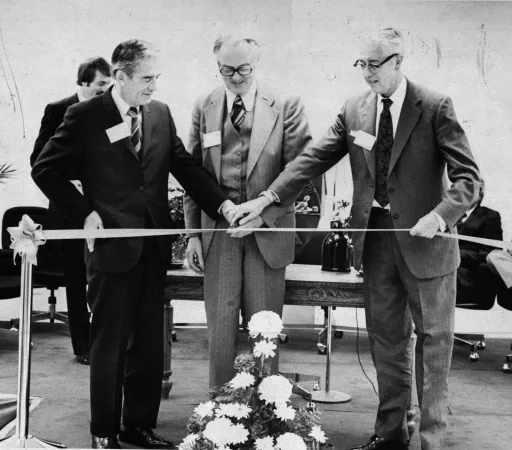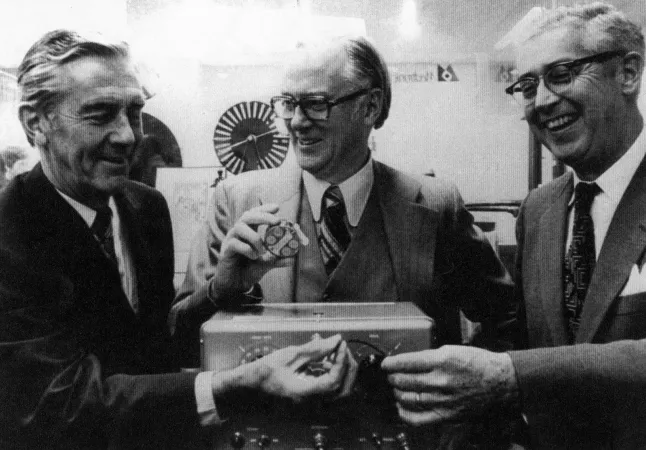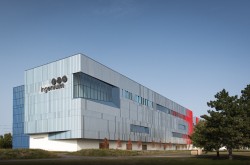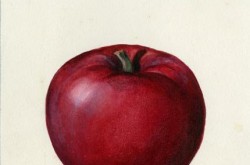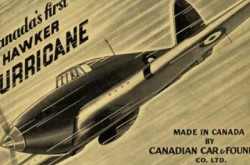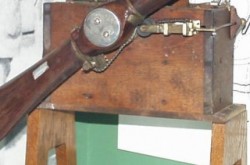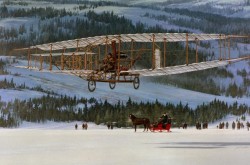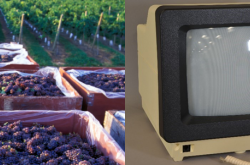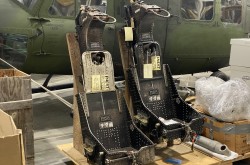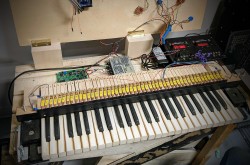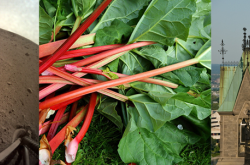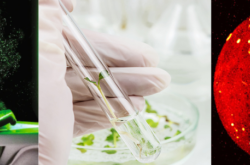Cardiac Pacemaker
This article was originally written and submitted as part of a Canada 150 Project, the Innovation Storybook, to crowdsource stories of Canadian innovation with partners across Canada. The content has since been migrated to Ingenium’s Channel, a digital hub featuring curated content related to science, technology and innovation.
The pacemaker is a Canadian invention that keeps hearts beating.
The pacemaker revolutionized the medical treatment of cardiac patients — and kick-started the field of biomedical engineering. In the late 1940s, Canadian surgeons Dr. Wilfred G. Bigelow and Dr. John C. Callaghan were exploring open-heart surgery techniques at the University of Toronto’s Banting and Best Institute. Based on his wartime experience as a medic, Bigelow hypothesized that cooling the body and slowing the heart rate could enable heart surgery. The heart, however, had to remain beating while the body was hypothermic. During surgery on a dog, Bigelow and Callaghan observed that pulses from an electrical probe restarted the animal’s heart and could vary the heartbeat. Bigelow and Callaghan sought out electrical engineer John Hopps at the National Research Council of Canada (NRC) in Ottawa to build a device based on their observations. Portable and worn outside the body, Hopps’s pacemaker delivered electrical pulses to the heart using an insulated wire inserted through the jugular vein. In 1950, Bigelow and Callaghan tested the device on a dog, the first successful use of an external pacemaker in the world.
John Hopps and the NRC medical electronics team bridged the gap between medicine and engineering, establishing the new field of biomedical engineering. In 1984, doctors implanted a pacemaker into John Hopps. Thanks to transistors and small batteries, pacemakers were small enough to be placed directly into the body.



